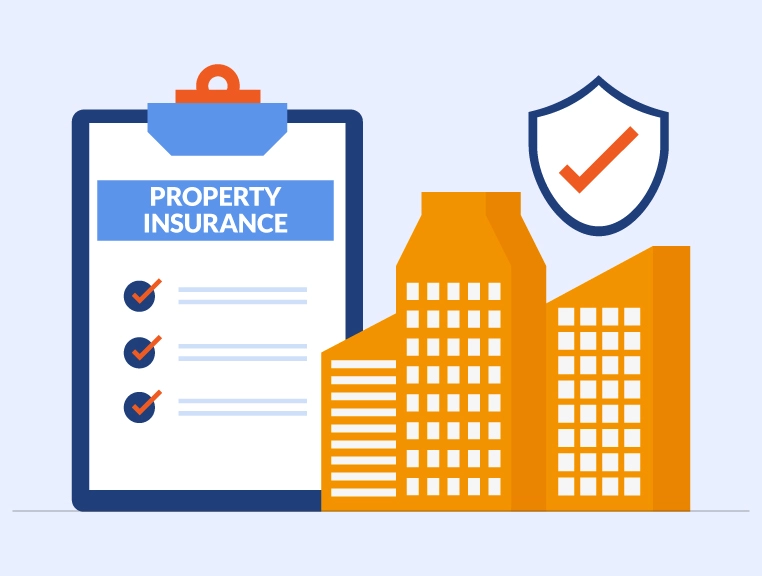Fire insurance policies often come with a reinstatement value clause in them which determines the methodology of claim settlement. The insurance company replaces the damaged property with a new property of the same type under the reinstatement value clause. The ‘New for old’ clause requires the insurance company to reinstate the damaged asset with a new asset.
Despite paying for a new asset, the reinstatement value clause still follows the principle of indemnity. The replacement asset or property matches the specifications of the damaged one. In the case of plant and machinery, if the new asset is technologically better than the older one, the insured would have to bear a portion of the cost of reinstating the damaged asset with the new asset because the old asset did not possess the same advanced technology as the new asset. Thus, the insured is liable to cover the cost of the new technology which comes with the new machine or equipment.
The important provisions of the reinstatement value clause in Fire Insurance include the following –
- The insured must reinstate the damaged asset within 12 months from the date of damage or destruction. The insured can request an extension for reinstating the asset, subject to approval by the insurance company. Failing to meet the timeline will result in settling the claim on an indemnity basis.
- The fire insurance policy bases its liability on market value until the insured completes reinstatement.
- The pro-rata average method compares the sum insured with the reinstatement cost on the reinstatement date.
- The reinstatement value clause would not apply if the insured does not inform the insurance company of his/ her intention to replace the damaged asset within 6 months of loss. To qualify for claim settlement on a reinstatement value basis, the insured must provide the necessary information within the extended period. Moreover, if the insured is not willing to replace the damaged property, the reinstatement value clause would not apply. The claim will be settled on an indemnity basis in that particular scenario.
- The insured can choose to reinstate the damaged property or asset at any desired alternate location. However, this option is permissible only if it does not increase the liability under the fire insurance policy.
- Fire insurance policies apply reinstatement value clauses to new buildings, plants, machinery, equipment, etc. This clause does not cover stocks, even if they are included in the fire insurance policy.
- The sum insured in the policy is determined by the reinstatement value of the damaged asset or property.
Bottom Line
The reinstatement clause in fire insurance allows the insured to restore their property to its original condition after damage caused by fire. The clause provides for the payment of the cost of reinstatement, up to the policy limit, regardless of the amount of the loss. The insured must notify the insurer of their intention to reinstate the property and provide a detailed estimate of the cost of reinstatement. The insurer may also require that the insured provide proof of completion of the work before releasing the funds. When you buy a fire insurance policy, it is crucial to understand the concept of the reinstatement value clause to comprehend the claim settlement process.
About The Author
Shivani
MBA Insurance and Risk
She has a passion for property insurance and a wealth of experience in the field, Shivani has been a valuable contributor to SecureNow for the past six years. As a seasoned writer, they specialize in crafting insightful articles and engaging blogs that educate and inform readers about the intricacies of property insurance. She brings a unique blend of expertise and practical knowledge to their writing, drawing from her extensive background in the insurance industry. Having worked in various capacities within the sector, she deeply understands the challenges and opportunities facing property owners and insurers alike.




